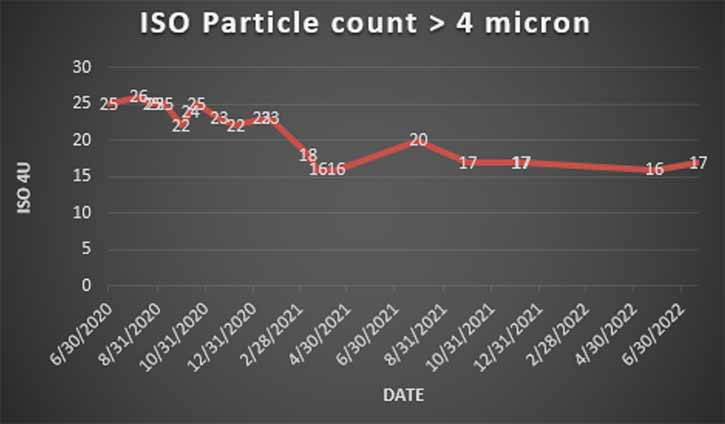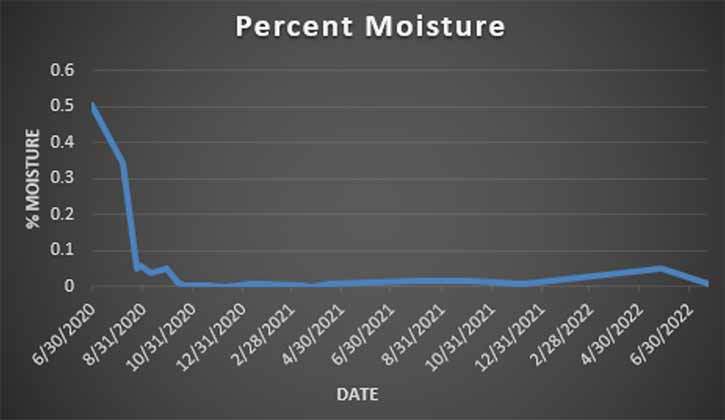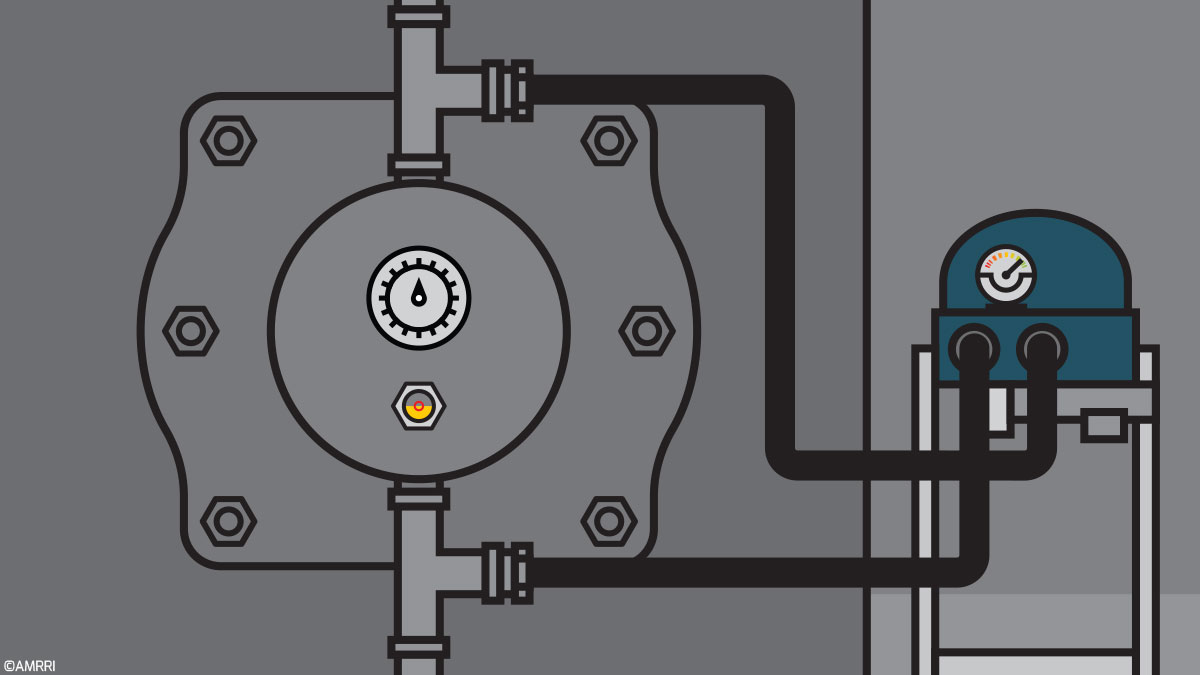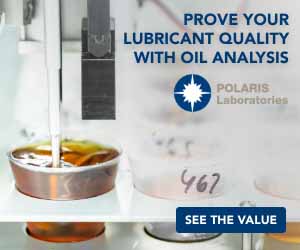Many of us use kidney loop filtration to clean our oil and extend the life of our equipment. Don’t overlook small gearbox oil filtration! Neglecting to filter small reservoirs may keep you from reaching your machine reliability goals.
Whether to use kidney loop filtration should be based on criticality, maintenance history, and difficulty achieving target cleanliness. The reservoir size can undoubtedly create challenges but has little to do with whether to install kidney loop filtration.
Factors to consider:
- Equipment criticality: If the equipment being considered is vital to your process, then keeping the oil clean is necessary. To determine equipment criticality, consider factors like cost of downtime, impact on safety, impact on the environment, spare availability, and the impact on production.
- MTBF: Mean time between failure can also help you prioritize the equipment needing oil filtration improvement.
- Current contamination issues: All oil reservoirs of critical equipment should have cleanliness targets, but the difficulty in maintaining oil cleanliness can vary drastically. If you have trouble maintaining the cleanliness target and all contamination ingress steps have been completed, offline filtration may be the solution.
- Accessibility to the equipment: Some equipment is difficult to access. If an offline filtration system is designed correctly, it can provide safer and easier access to the oil for sampling and filtering.
- No amount of filtration can or should replace due diligence in controlling contamination ingress.
Once you decide to proceed with kidney loop filtration, the real work begins.
- Choose a location for the small gearbox filtration equipment that is out of the way yet provides access for oil sampling, filter changes, and pressure monitoring. Choose a location that prevents damage from occurring to the filtering system. Be sure to build a robust system and monitor it frequently. A failed component on kidney loop filtration can quickly pump your oil to the floor instead of returning it to the reservoir.
- Choose the correct filter media and beta rating for the situation. To do this, you must compare current cleanliness levels to the target. You will also need to consider the type of contamination you are attempting to filter, such as water.
- Choose the correct flow rate. For small reservoirs, I prefer to err on the low side. Low flow rates make managing the reservoir level easier and can provide better filtration.
- Consider what will happen to the oil levels of the reservoir if the filtration unit fails or loses power. We prefer to mount the filtration below the oil reservoir. Then recheck the oil reservoir after the filter unit is full of oil. Then we unplug the unit to test that the oil levels stay satisfactory. If the filtration unit is mounted above the reservoir, loss of power to the filtration unit could result in an overfull gearbox or reservoir.
The payback can be impressive if your equipment choices and the installation are made correctly. Below is an example of a Warren Thick Stock Pump with two bearing reservoirs. The smaller of the two only has a capacity of about 2.5 quarts.
For this application, I chose the CC Jensen 15/12 filtration unit with a flow rate of .088 GPM (Yes, 5.3 gallons per hour!). We also made several changes to the system to lessen the moisture ingress that was occurring during upset conditions. Our efforts lowered the oil particle count from ISO 25/22/15 with very high moisture levels to 16/14/11 with Karl Fisher moisture levels under 100 ppm.
These improvements have more than doubled the MTBF. This reduction in maintenance/production costs translates to an estimated $80,000 per year in savings.


Kidney loop filtration on small gearboxes and reservoirs can provide the same benefits and life extension on larger systems. Remember to reduce contaminant ingression as much as possible, build a robust system, and size the flow rate accordingly.









